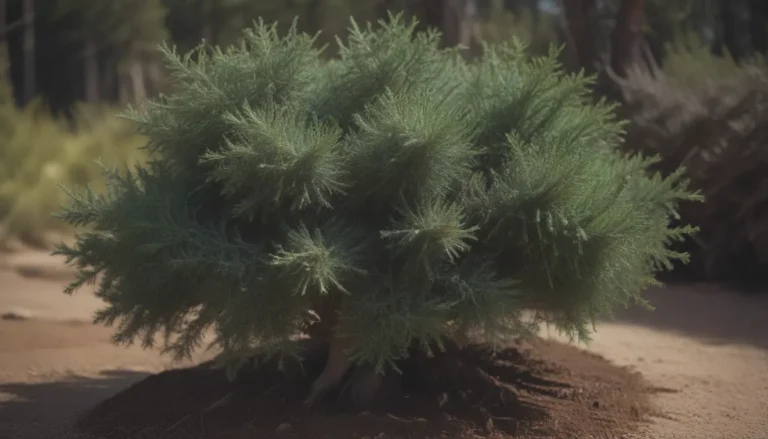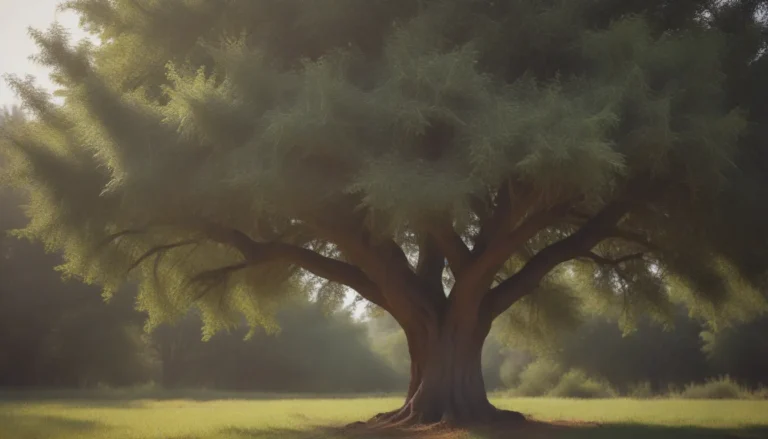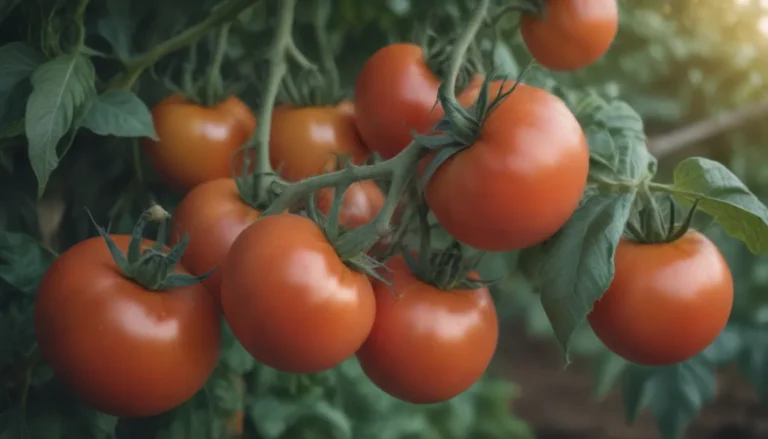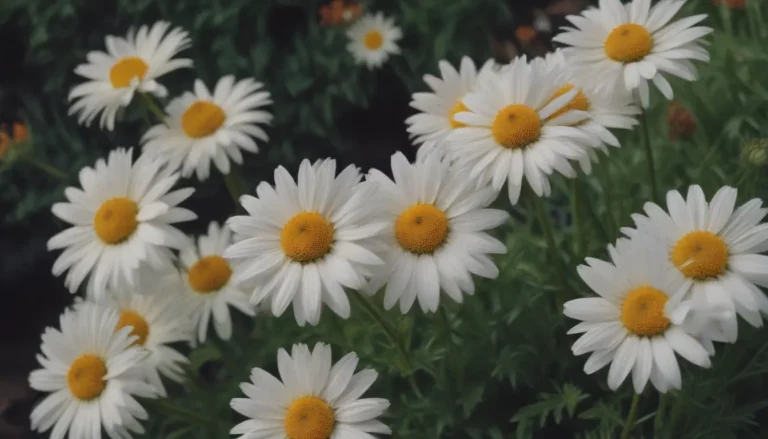Discovering the Beauty of Rain Gardens: A Guide to Building Your Own Oasis
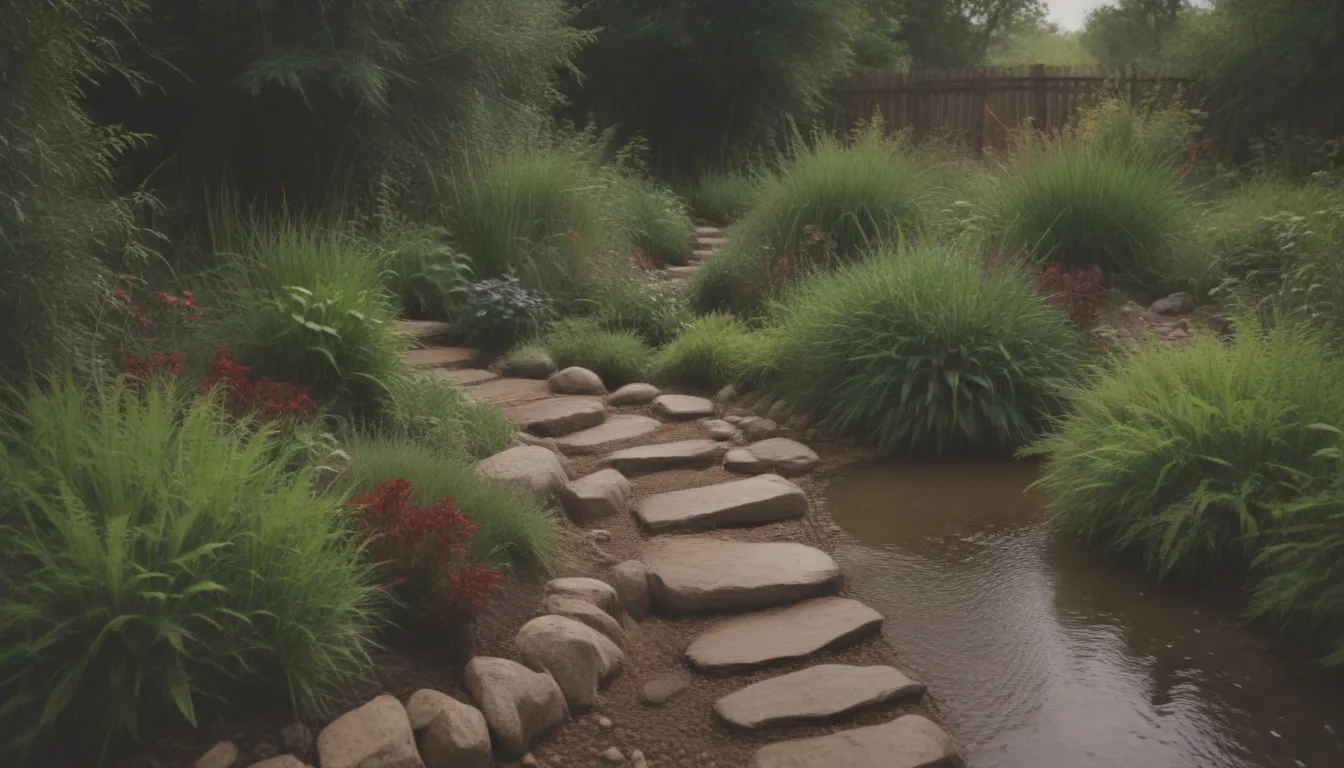
Have you ever heard of a rain garden? Perhaps you’ve come across the term before but aren’t quite sure what it entails. In this guide, we will dive deeper into the world of rain gardens and explore how you can build one in your very own yard. Rain gardens are not only aesthetically pleasing but also serve as essential tools in protecting our environment and waterways. With the right knowledge and a bit of creativity, you can create a stunning and eco-friendly space right at home.
Unraveling the Mystery of Rain Gardens
So, what exactly is a rain garden? At its core, a rain garden is a landscaped depression filled with native plants that capture, hold, and filter stormwater before allowing it to seep back into the ground. By doing so, rain gardens prevent runoff from reaching nearby streams, rivers, and ponds, ultimately contributing to the health of our waterways. But there’s more to rain gardens than meets the eye. Let’s explore what makes these gardens so special and why you might want to consider incorporating one into your yard.
The Essential Role of Rain Gardens
Rain gardens play a crucial role in our communities, especially as urban spaces become more developed. They act as a line of defense against nonpoint source pollutants (NPS) found in runoff water. These pollutants, such as motor oil, chemicals, and pet waste, can have detrimental effects on our waterways. By installing rain gardens, we can help mitigate the impact of these pollutants and protect the environment for future generations.
The Benefits of Embracing Rain Gardens
Embracing rain gardens comes with a host of benefits, both for the environment and for your own backyard oasis. Here are a few advantages of incorporating a rain garden into your landscaping:
- Prevents runoff and protects waterways
- Provides habitat for native wildlife
- Filters contaminants from stormwater
- Reduces erosion and improves soil health
Choosing the Right Plants for Your Rain Garden
When it comes to selecting plants for your rain garden, native species are key. Native plants have deep root systems that help stabilize soil, increase water recharge rates, and filter contaminants from runoff. By choosing native plants over non-native alternatives, you can create a thriving ecosystem that benefits both the environment and your garden.
Building Your Dream Rain Garden
Now that you understand the importance of rain gardens and the benefits they offer, it’s time to roll up your sleeves and start building your own. Building a rain garden doesn’t have to be a daunting task. With a bit of planning and some elbow grease, you can create a beautiful and functional space that will enhance your landscaping and benefit the environment.
Planning Your Rain Garden Project
Before you begin digging, it’s essential to have a plan in place. Here are a few key steps to consider when planning your rain garden project:
- Set a budget: Expect to spend around $5 per square foot on your rain garden project, with most of the budget going towards plant material.
- Choose the right location: Select a spot that receives runoff from impervious surfaces but avoids areas with too much or too little water.
- Select and place plants strategically: Consider the depth and size of your garden, estimate runoff amounts, and ensure proper plant placement for optimal growth.
Tips for Building a Successful Rain Garden
To ensure the success of your rain garden project, here are a few tips to keep in mind:
- Conduct a water absorption test to determine soil drainage rates.
- Consider enlisting the help of friends, family, or neighbors to make the project more manageable.
- Call utility companies before digging to avoid damaging utility lines.
With a bit of planning and care, you can create a stunning rain garden that not only enhances your landscaping but also benefits the environment.
In Conclusion
Rain gardens are more than just a trendy landscaping feature – they are essential tools in protecting our environment and waterways. By building a rain garden in your yard, you can create a beautiful and eco-friendly space that benefits both you and the planet. So, why not take the plunge and embark on your own rain garden adventure? Your yard – and the environment – will thank you for it.

